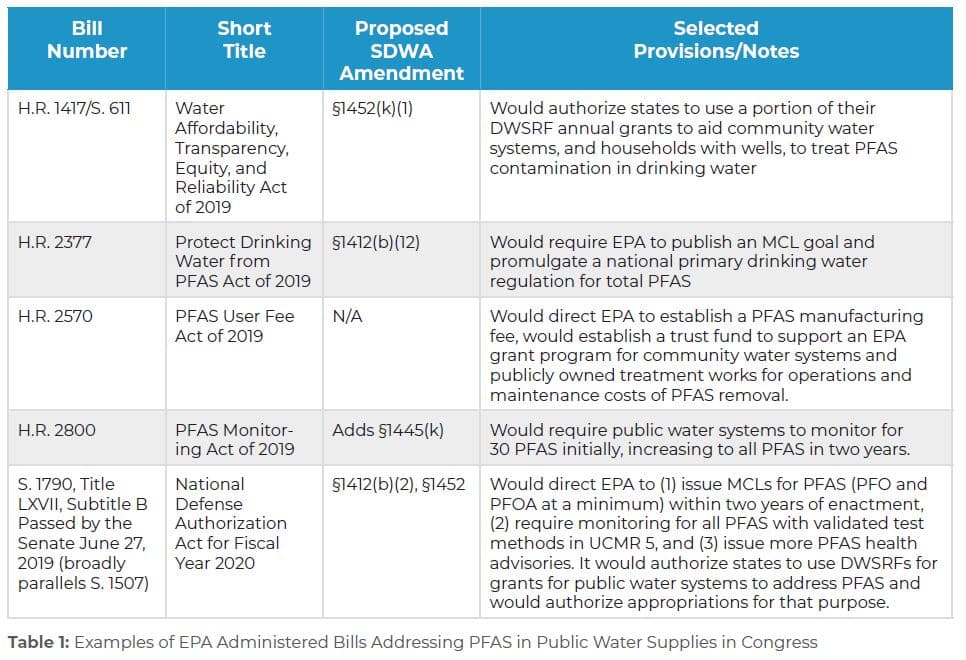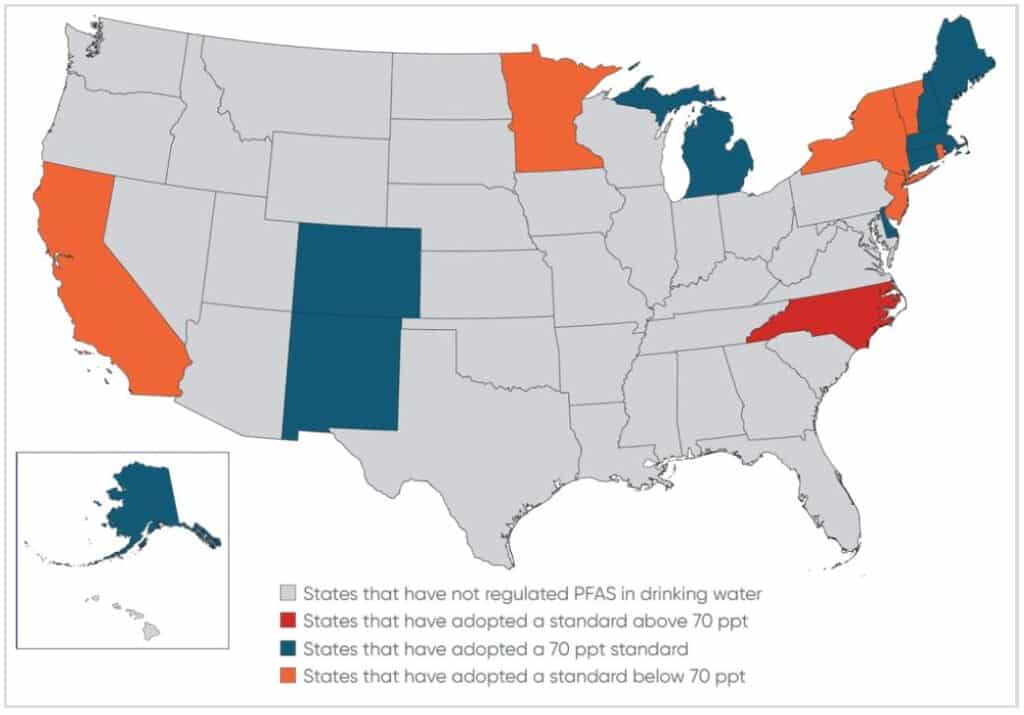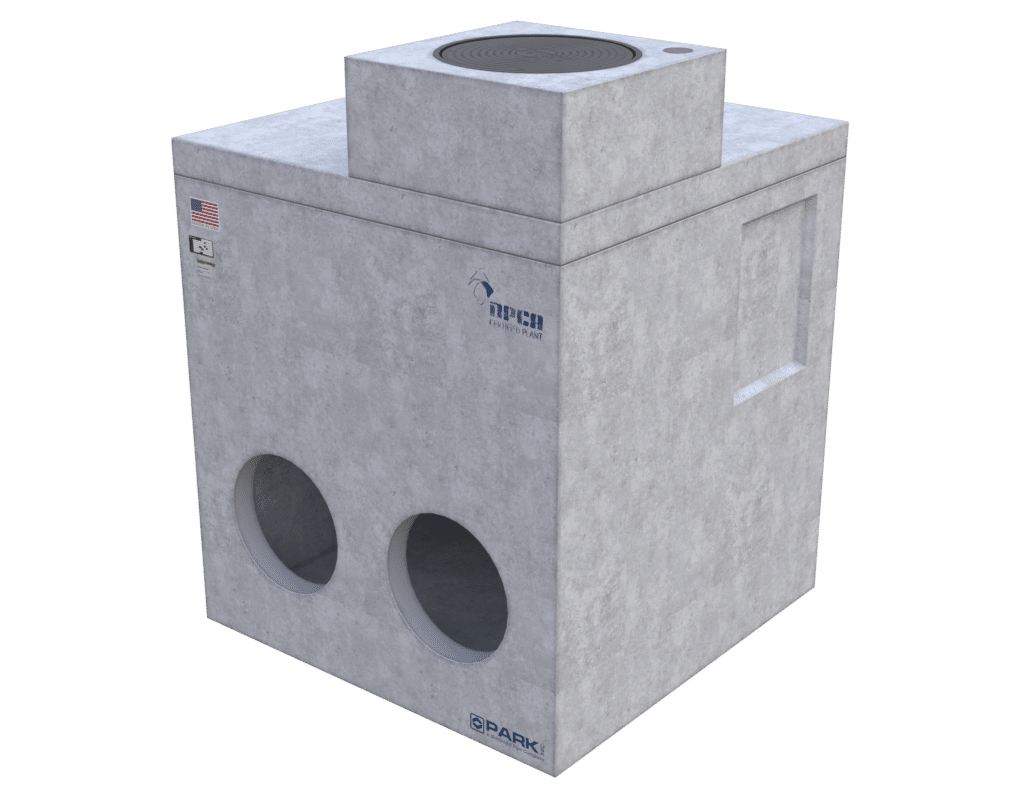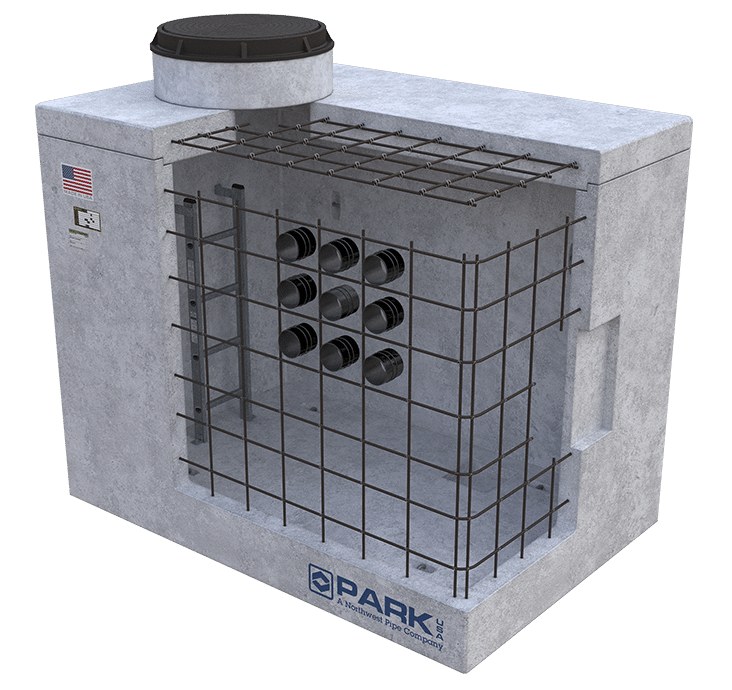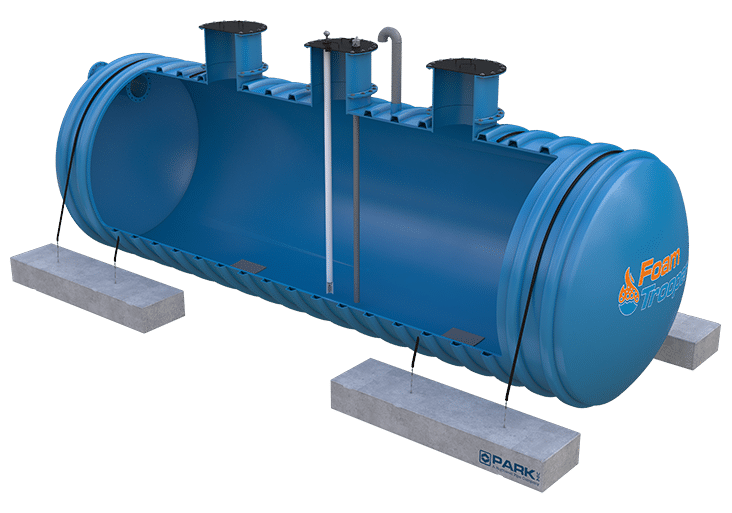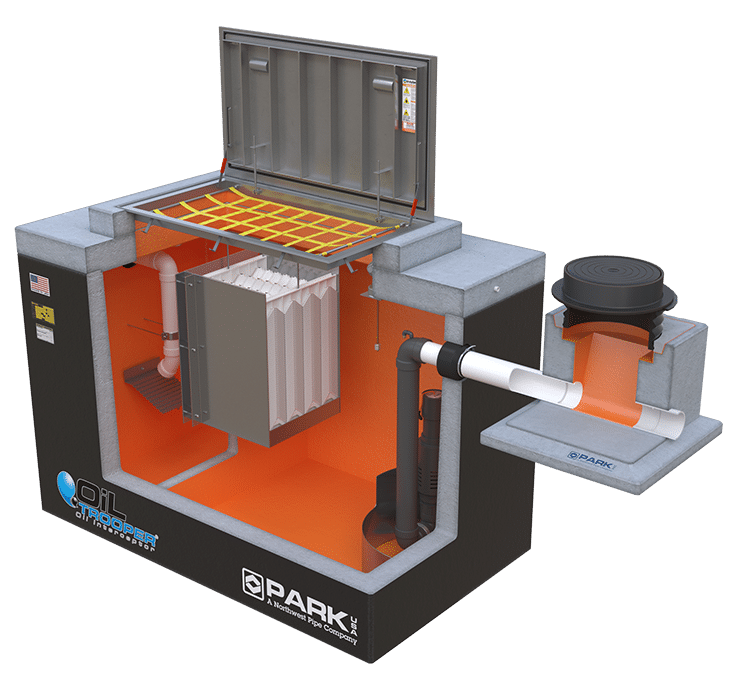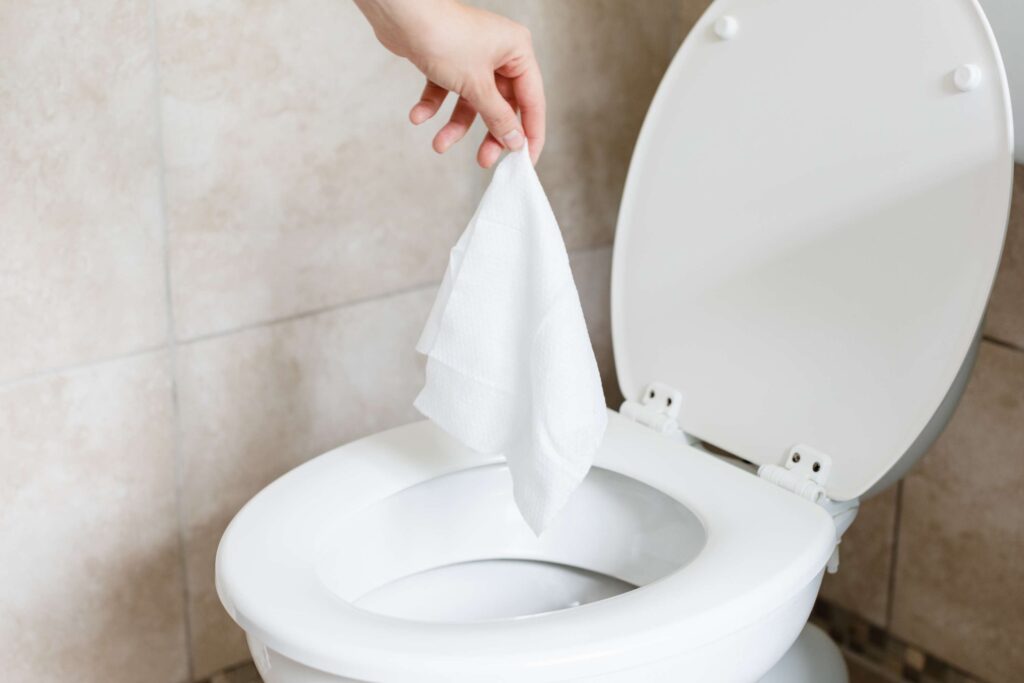Perfluoroalkyl and polyfluoroalkyl substances (PFAS) are a large group of synthetic chemicals used to manufacture a number of products for their heat, water, and stain resistant properties. Two of the most extensively produced PFAS chemicals have been perfluorooctanoic acid (PFOA) and perfluorooctane sulfonate (PFOS).
PFAS, PFOA, and PFOS are used in a variety consumer and industrial applications. For example, these chemicals are used in food packaging, non-stick cookware, stain-resistant fabrics, and certain types of firefighting foams called aqueous film forming foams (AFFF), which are used to extinguish fuel and chemical fires at airports, military bases, industrial sites, and fire training centers.
Certain PFAS, like PFOA and PFOS, are very persistent in the environment as they do not break down when exposed to air, water, or sunlight. As a result, PFAS have been termed the “forever chemicals” as they can remain in our bodies and persist in our environment for decades.
Regulatory History of PFAS
Studies have found that certain types of PFAS, particularly those with long chains of carbon like PFOA and PFOS, may be linked to adverse human health effects. Due to these health concerns, the EPA has been called upon to regulate PFAS chemicals.
In 2009, the EPA issued its first health advisory regarding PFOA and PFOS to assist state and local entities in regulating these contaminants for which no maximum contaminant level (MCL) had been set. The EPA’s original health advisory recommended set levels of PFOA and PFOS in drinking water at 400 and 200 parts per trillion (ppt), respectively. However, in 2016 the EPA issued a new health advisory setting a much lower threshold for both contaminants: 70 ppt.
Federal Actions
EPA
In February 2019, the EPA released its PFAS Action Plan, which discussed the agency’s current and proposed actions to address these substances under its various statutory authorities. The plan proposed the following:
- Drinking Water: establishing MCLs for PFOS and PFOA
- Cleanup: listing PFOA and PFOS as hazardous substances and issuing interim groundwater cleanup recommendations
- Enforcement: using available enforcement tools to address PFAS exposure in the environment
- Monitoring: considering PFAS chemicals for listing in the Toxics Release Inventory
- Research: developing new analytical methods to detect more PFAS chemicals
- Risk Communications: creating a PFAS risk communication toolbox
Department of Defense
Since the 1970s, the Department of Defense (DoD) has used AFFF formulations that contain PFOS and PFOA to extinguish fuel fires. In fact, these fluorinated surfactants are specifically mandated in military specification MIL-F-24385F. However, the release of these chemicals into the environment during training and emergency responses has been a major source of PFAS contamination in ground water on military bases.
In 2016, the DOD stopped land-based use of AFFF in training, testing, and maintenance to prevent future PFAS contamination releases into the environment. When the DOD must use AFFF in emergencies to save lives, releases are now treated as a spill. Affected soil is contained and removed, ensuring no further PFAS is added to the groundwater. In addition, under the Comprehensive Environmental Response, Compensation and Liability Act (CERLA), also known as Superfund, the DOD has conducted studies to identify and appropriately address contaminated sites.
Looking ahead, the department has partnered with both the Strategic Environmental Research and Development Program (SERDP) and the Environmental Security Technology Certification Program (ESTCP) to invest in the research of fluorine-free alternatives. The ultimate goal of the research is to find replacement technology for AFFF that’s better for the environment yet meets the strict military specifications to save lives. Researchers are also being called on to investigate the ecotoxicology of these alternatives to avoid moving to a new chemical and later discovering it has an adverse environmental or health impact. Other defense research includes innovations to speed up cleanup and better tools to understand how these chemicals move and transform in the environment.
Congress
The 116th Congress has introduced more than 35 bills to address PFAS. Multiple bills, including the House and Senate passed National Defense Authorization Act (NDAA) bills (H.R. 2500 and S. 1790), would direct the EPA to take regulatory and other actions to address these emerging contaminants under several environmental statutes. Several SDWA-related bills would direct the EPA to establish a drinking water standard for one or more PFAS, require monitoring for PFAS in public water supplies, and authorize grants to communities to treat PFAS in drinking water. Examples of these bills are highlighted in Table 1 below.
State Actions
Although the EPA issued its PFAS Action Plan in February 2019, many states have taken their own measures against PFAS pollutants. As a result, states have adopted a patchwork of regulations and standards. Currently, there are 16 states that have formal policies addressing PFAS (see Figure 1), and at least seven states have policies or have indicated they are pursuing policies stricter than EPA’s current health advisory of 70 ppt for PFOA and PFOS.
ParkUSA Solution
ParkUSA manufactures a wastewater treatment system to protect and reduce the risk of PFAS contamination in the environment. Specifically, the ParkUSA Foamtrooper® targets AFFF discharge during a fire event in airport and hangar applications.
The Foamtrooper® system is designed to divert wastewater from hangars to a holding tank in the event of an AFFF discharge. The typical system consists of the following components listed below:
– Diversion Valve Vault;
– AFFF Holding Tank;
– Vent Drain Vault;
– Drain Vault;
– Oil-Water Separator;
– Sample Well;
– System Control Panel; and
– Trench Drain.


